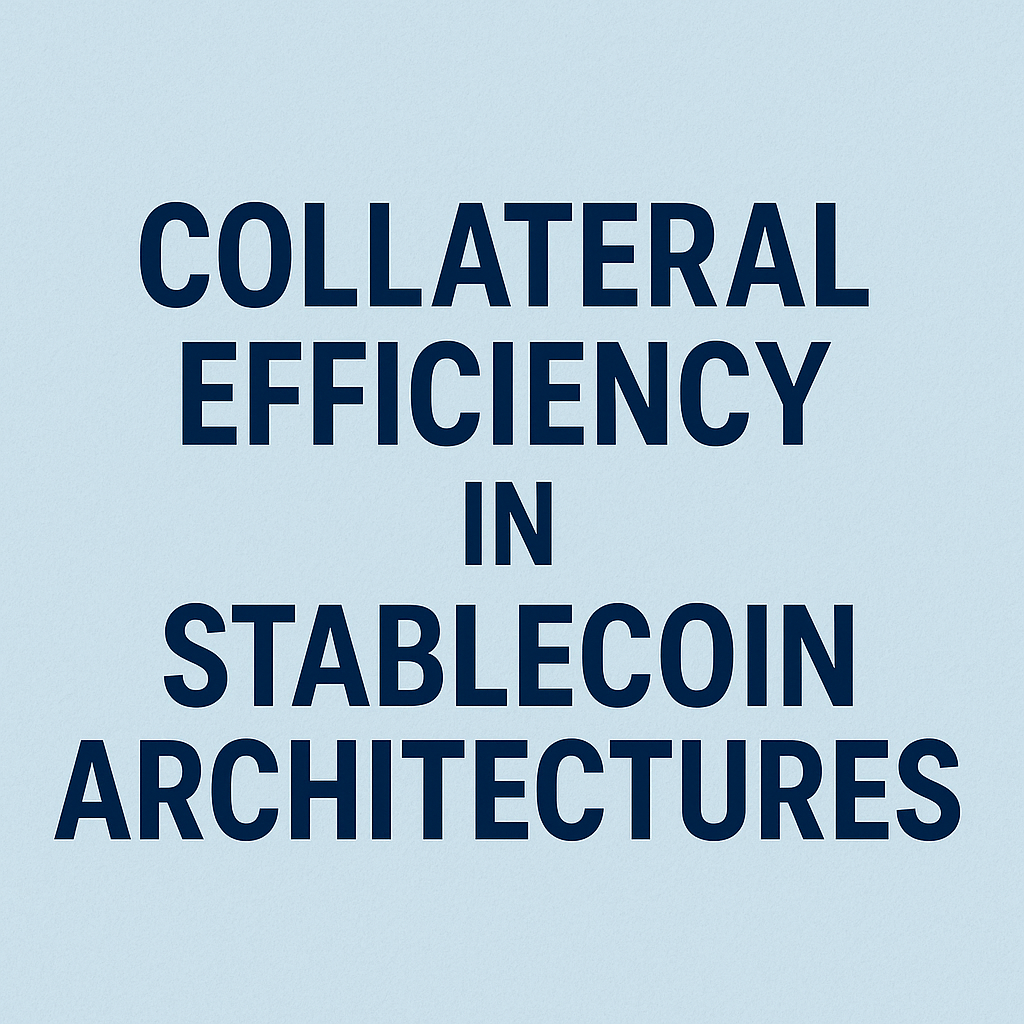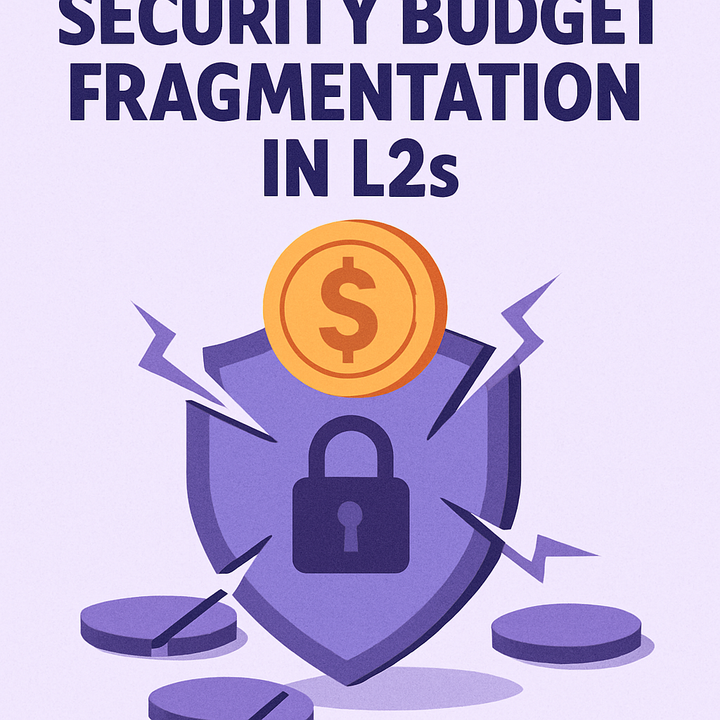Collateral Efficiency in Stablecoin Architectures

Why using less to back more is the future of stablecoins
Stablecoins are a type of cryptocurrency that stay at a fixed price—usually $1. They are used for trading, saving, and moving money on blockchain without the ups and downs of regular crypto prices like Bitcoin or Ethereum.
But how do stablecoins stay stable? The answer is collateral—assets used to back the stablecoin and keep its value steady.
What is Collateral?
Think of collateral like a safety deposit. It’s something valuable (like USDC, ETH, or real-world assets) that’s locked up to support the value of the stablecoin.
For example:
If you want to issue 1,000 stablecoins, you may need to lock $1,500 worth of ETH. This makes sure the system stays safe even if prices move.
What is Collateral Efficiency?
Collateral Efficiency means getting the most value out of the assets you lock.
In simple terms:
- High efficiency = you need less locked value to issue stablecoins
- Low efficiency = you need more locked value to stay safe
More efficient systems can:
- Lower costs
- Free up capital
- Scale faster
Why Does It Matter?
If a stablecoin needs $2 to mint $1, it’s overcollateralized. That’s safe, but not very efficient.
But if it only needs $1 to mint $1—or less—it becomes capital efficient. That means:
- More people can mint and use it
- Less capital is sitting idle
- It’s easier to grow the ecosystem
How Stablecoins Improve Efficiency
- Real-World Assets (RWAs):
Some stablecoins use assets like U.S. Treasuries or bonds. These give steady yield, making the system more efficient. - Algorithmic Design:
Some stablecoins use smart contracts and supply-demand mechanics instead of heavy collateral. Riskier, but more efficient. - Trusted Custodians:
Centralized models (like USDC) can keep full 1:1 backing while earning yield on the side—boosting efficiency without losing safety. - Lending & Rehypothecation:
Advanced DeFi models let the same collateral support multiple things—boosting output from the same input.
Trade-offs
More efficiency often means more risk. The goal is to find a balance between safety and performance.
Too safe = slow growth
Too risky = unstable system
Projects today are working to get this balance right using smarter design and better assets.
Final Thoughts
Collateral efficiency is a key part of building better stablecoins. By using less to back more (safely), stablecoins can:
- Grow faster
- Be more useful
- Power bigger financial systems on-chain
As the crypto world matures, efficient stablecoin models will lead the way.
For More Info related to Mitosis please follow official links below
Mitosis Website : https://mitosis.org/
Mitosis Expedition : https://expedition.mitosis.org/
Mitosis Docs : https://docs.mitosis.org/

Comments ()